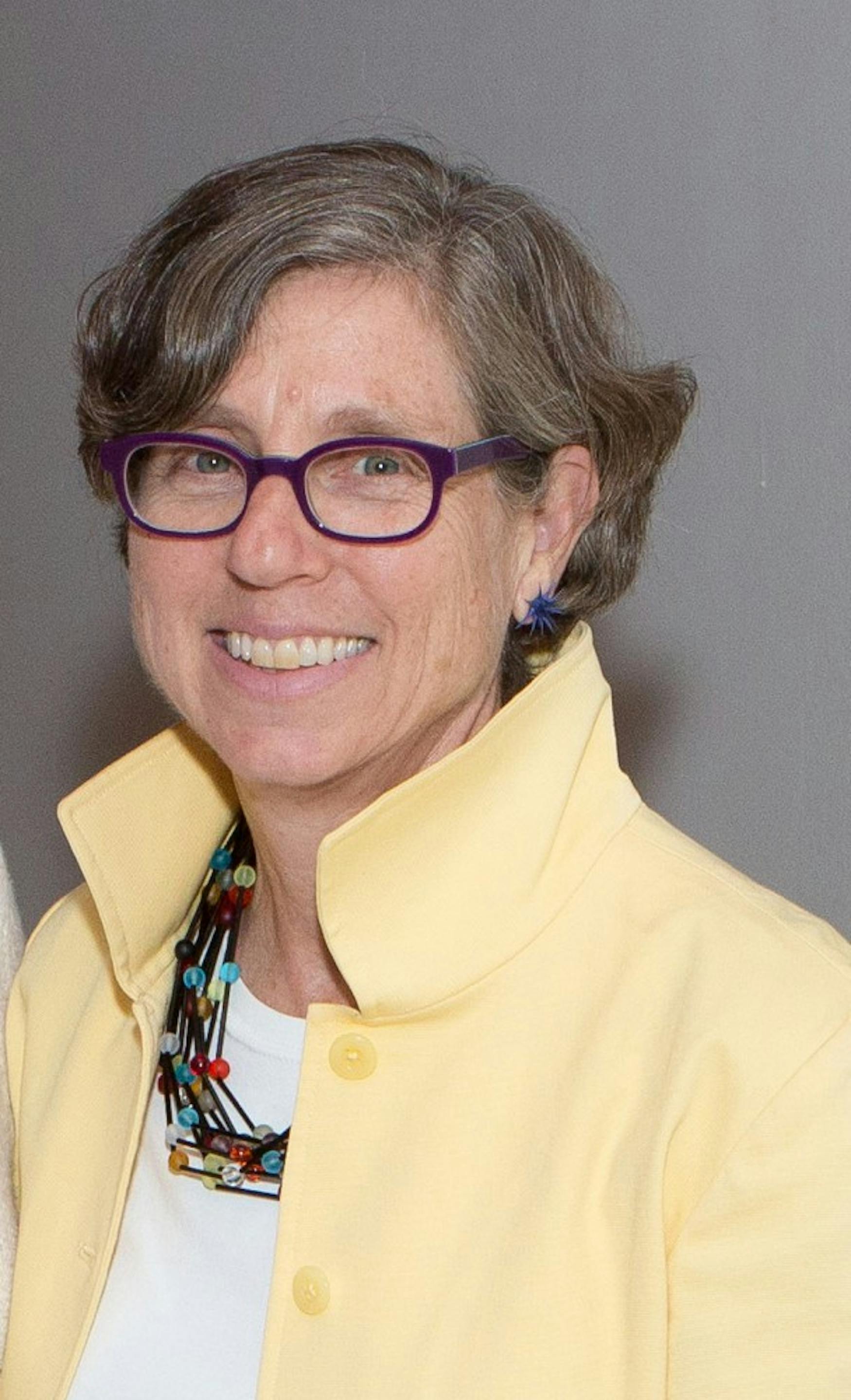Interview Column
Carol Eliel
This week, justArts spoke with Carol Eliel, the curator of the John Altoon exhibit at the Los Angeles County Museum of Art. She also facilitated the curation of the John Altoon exhibit, which will open at the Rose Art Museum on Wednesday. Eliel will give a talk on Altoon following the opening of the exhibit.
justArts: Can you tell me a little about your curatorial process for the exhibit at the Rose?
Carol Eliel: They’re not that different [the exhibit at the Rose and at LACMA]. The Rose version is slightly smaller than the version that was in Los Angeles. And some of that had to do with lenders who would only lend to one venue, so the decisions were made before me. And then any time you need to shrink the show a little bit for a second venue or for that additional venue, you want to make sure that the core of what you’re trying to communicate about the artist is still whole and try to make cuts that don’t seem like they—in any way—even come close to eviscerating or leaving gaps in the exhibition. So just trying to make intelligent choices about what you can live without to still retain the meaning of the show.
JA: Can you tell me about your process in general for the two exhibits—how you used the spaces to portray Altoon’s work?
CE: I started out from the Los Angeles venue thinking that maybe I would install it—because his career was fairly short, so there’s not a very long chronology or a huge development stylistically over time—I thought that it might be interesting to install it thematically. But that just kind of turned into a jumble, and it actually made much more sense just to install it chronologically and that in fact made for some nice groupings thematically in any case. And it seemed to work really well. And the Rose [staff] has masterminded the installation at the Rose. I’ve made some suggestions and tweaks, but still the curators know their own spaces far better than other people know those spaces. So I have never been to the Rose before, so it seemed rather presumptuous for me to try to install an exhibition. So anyway, they basically masterminded that installation but it’s that same chronology of many of those same pairings that we had in Los Angeles—so a different space but not that hugely different, actually.
JA: Were you in contact with the staff at the Rose, and how did that communication work?
CE: I was the sole organizing curator of the exhibition. So I picked what works went into the exhibit at LACMA, and then I made the cuts and proposed the checklist for the Rose and sent it to them for their approval because they are co-organizing it institutionally… But they seemed happy with that, and they were happy with that checklist, and then they did a layout of the show at the Rose, and they sent it to me. And I looked at that and I made a few suggestions of pairs of works that I thought looked really well together, and they had some pairings and some suggestions of works that wouldn’t particularly look good together, and so I suggested some changes. But at the end of the day, it’s really their installation at the Rose and being the curator, talking to the director, it’s been a collaborative process.
JA: Do you know what the exhibit will look like, or will it be a surprise to you when you come?
CE: I’ve seen the layout on paper. I, of course, know the works. I believe that they’re adapting some of the colors that we used in Los Angeles... but because I don’t know the Rose’s spaces, anytime you see a show in a different space, it looks very different, and when you don’t know the space at all, it’s inevitably going to be more of a surprise.
JA: Can you tell me about some of the themes that you are planning on talking about on Wednesday during your talk at the Rose?
CE: [I am planning] on talking about Altoon’s constant play between abstraction and figuration in the work, going back and forth between the two vocabularies basically at the same moments—which is pretty rare for an artist between the late ’50s and ’60s. Artists chose camps. You were either an abstract painter or a figurative painter, and it was very difficult to move between the two of them. And [Altoon] did that vey fluently… I would talk about his use of color, talk about particularly his images of women and sexuality in general in the work.



Please note All comments are eligible for publication in The Justice.